![]() Is it a trend or a fad?
Is it a trend or a fad?
I know you might think they’re the same thing, but trust me, they’re not.
While both can be popular in the short term, trends have staying power, while fads are often fleeting.
It’s important to make the distinction.
In this article, I’ll dive into the key differences between trends and fads for a business. You’ll learn how to identify trends that can provide long-term growth opportunities and avoid fads that could lead to short-term gains but little sustainable impact.
The bulk of this article comes from my new book, The Opportunity Lenses.
Let’s get started!
What’s a trend
The business definition of a trend
A trend is a general direction or pattern of change in the market or industry practices.
Trends can emerge from various kind of change, such as technological shifts or new cultural norms.
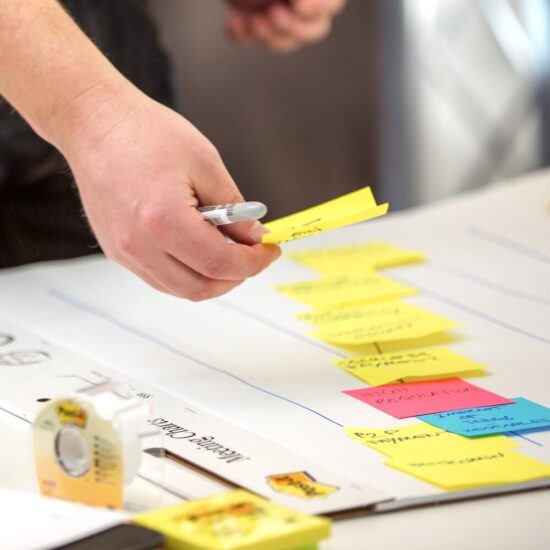
If you’re to identify and leverage trends, you can gain a clear competitive advantage. That’s because you can shape your strategy around the coming shifts, by launching the right products or services, for example.
Three examples of trends
Let me illustrate with three examples of trends.
Online shopping
Since the 1990s, we’ve seen a steady growth of consumers buying goods and services online.
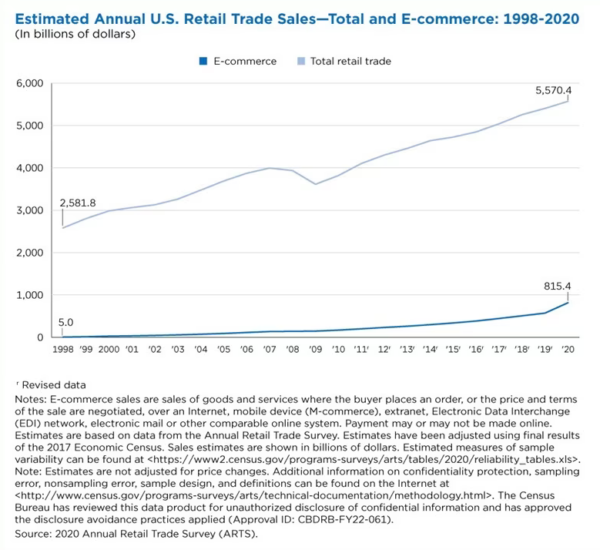
Companies that jumped on this trend early have been able to capitalise on it over time (e.g Amazon and Asos). Those that neglected the trend were left behind (e.g. Debenhams, Topshop, and Virgin Megastore).
Remote work
The trend of working from home or other remote locations got a massive push in 2020 and 2021. But it’s not yet widely accepted.
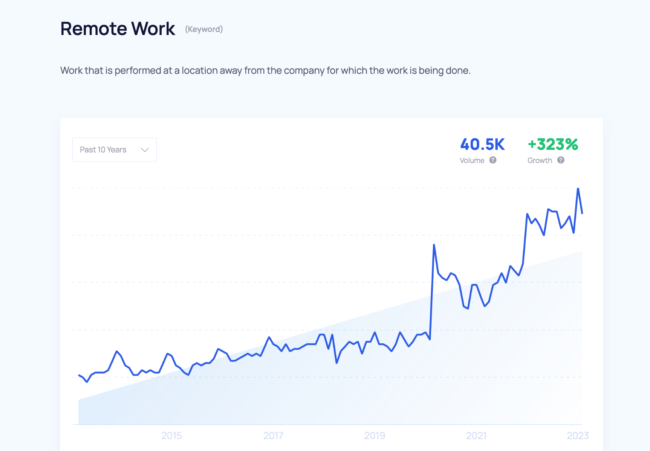
Companies that do not embrace the trend may struggle to hire the right talent.
Sustainability
There’s a growing trend towards using environmentally-friendly products and reducing waste.

Companies that fail to acknowledge that trend may find themselves pressured by the regulation or boycotted by consumers.
What’s a fad
The business definition of a fad
A fad is a short-lived phenomenon that shows a sudden surge in popularity before quickly losing momentum and fading away.
Fads typically arise from novelty or excitement around a new product, service, or idea, rather than a fundamental shift in market demand or industry practices.

Fads are difficult to predict or capitalise on since they often lack a strong foundation or sustainable market appeal. If you invest heavily in a fad, you risk losing resources and credibility if the fad loses its popularity too quickly.
Three examples of fads
It’s harder to find good examples of fads, because they are sometimes so short-lived. But here are three examples that I hope will resonate.
Atkins Diet
The Atkins Diet was a low-carbohydrate, high-protein diet that gained widespread popularity in the early 2000s.
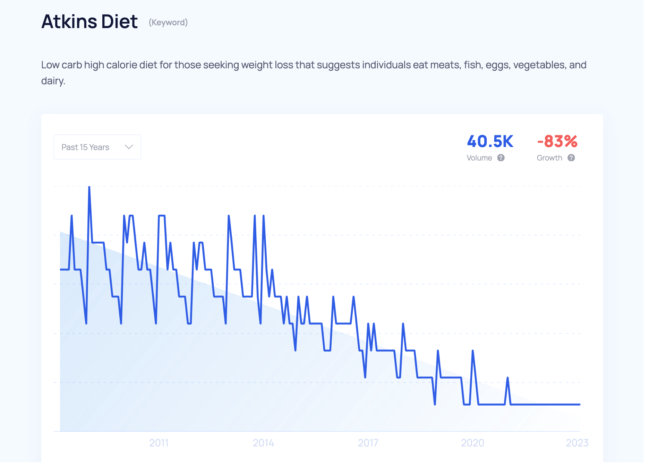
The fad was driven by a desire for quick weight loss, and the diet’s emphasis on eating bacon, steak, and other fatty foods was appealing to many people.
Fads as signals of trends: Though the fad faded as concerns arose about the diet’s long-term health effects, it is a signal of a growing trend of people being more health conscious, especially around the consumption of carbs.
Fidget spinners
Fidget spinners are the quintessential example of a fad. The appeal for this toy came out of nowhere. No one could have anticipated its intense, but brief success.
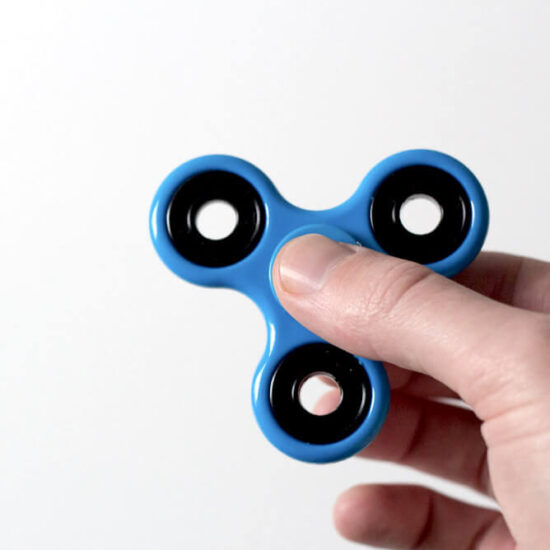
Fidget spinners became incredibly popular through social media. The fad arose in 2017, but only lasted a few months.
Why shall we care? Well… many retailers that stocked up fidget spinners ended up stuck with massive stocks and no way to sell them.
Pokemon Go
Pokemon Go became an instant hit in the summer of 2016. It was massive craze that lasted a couple of years.
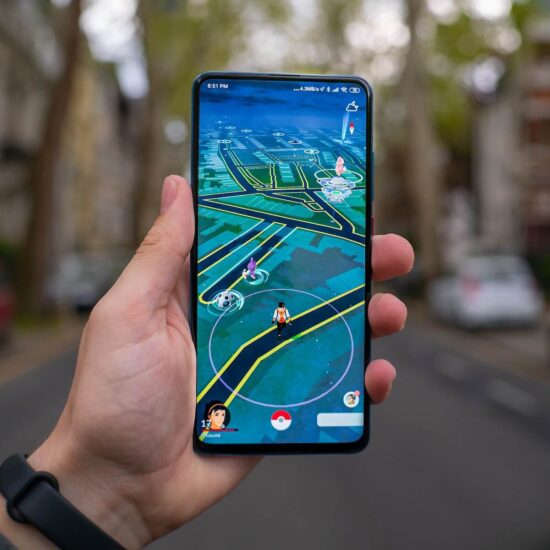
The mobile game used augmented reality technology to allow players to catch Pokemon creatures in the real world. The fad drove people to explore their cities and communities, and it quickly became a cultural phenomenon.
Fads as signals of trends: Though Pokemon Go faded away, it is still a signal for a growing trend towards online gaming and augmented reality technology.
What makes a trend different from a fad
Let me highlight some of the key differences between trends and fad.
| Distinction | Trend | Fad |
|---|---|---|
| Duration | Trends are long-lasting | Fad are short-lived |
| Popularity | Trends have a more gradual rise in popularity over time | Fads gain sudden popularity in a short period of time |
| Origin | Trends are driven by underlying changes in consumer behaviour or technology | Fads are driven by novelty, excitement, and hype |
| Business impact | Trends can create new business opportunities and may lead to the development of new products and services | Fads may only provide short-term opportunities for businesses |
| Implications | Trends require innovation and technological advancements to be taken advantage of | Fads may not require significant innovation or technological advancements to be successful |
| Branding | Trends can be the foundation for a strong brand and customer loyalty | Fads can only contribute to building long-term brand loyalty |
Here’s how I would sum up the distinction:
A trend can help you set the direction for your company, while fads can only be the source of short-term gains if you’re fast enough to catch them.
Is it a trend or a fad?
A trend is something that’s developing and changing over time, while a fad is a sudden, short-lived craze.
So, why does this matter for your business?
Well, if you can spot a trend early on, you can get ahead of the game and position yourself as a leader in that market. But if you invest too heavily in a fad, you’re taking a risk because it’s likely to fizzle out just as quickly as it appeared.
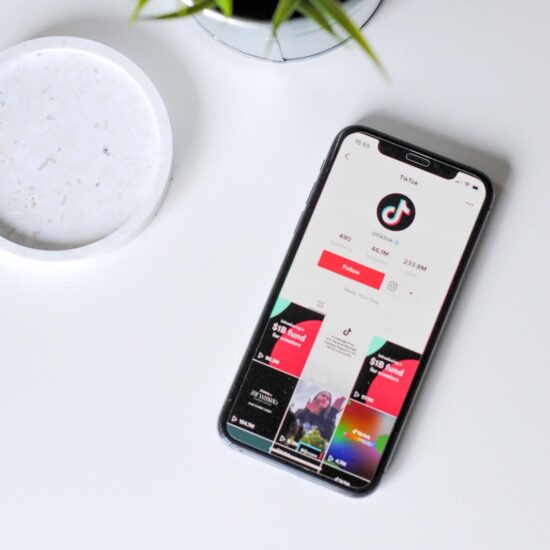
But it’s not always easy to understand whether something is trend or a fad. Here are some examples:
- Bitcoin: Trend or fad?
- TikTok: Trend or fad?
- Metaverse: Trend or fad?
- Generative AI: Trend or fad?
What do you think?
Try to do your own analysis with Exploding Topics or Glimpse.
How you can learn to see through the noise
If you’re looking to identify new business opportunities, it’s important to understand the difference between trends and fads.
But it’s just one component for successful opportunity discovery.
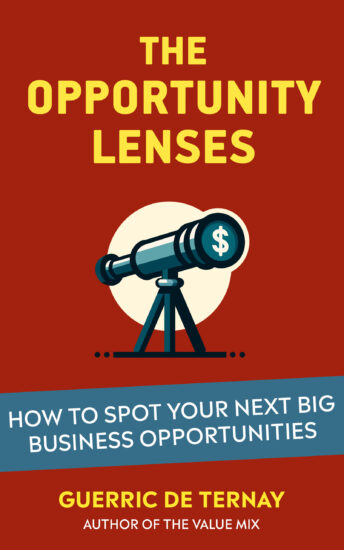
To dive deeper, have a look at The Opportunity Lenses. In my latest book, I give the tools and techniques to help you spot the business opportunities that will fuel the growth of your company.